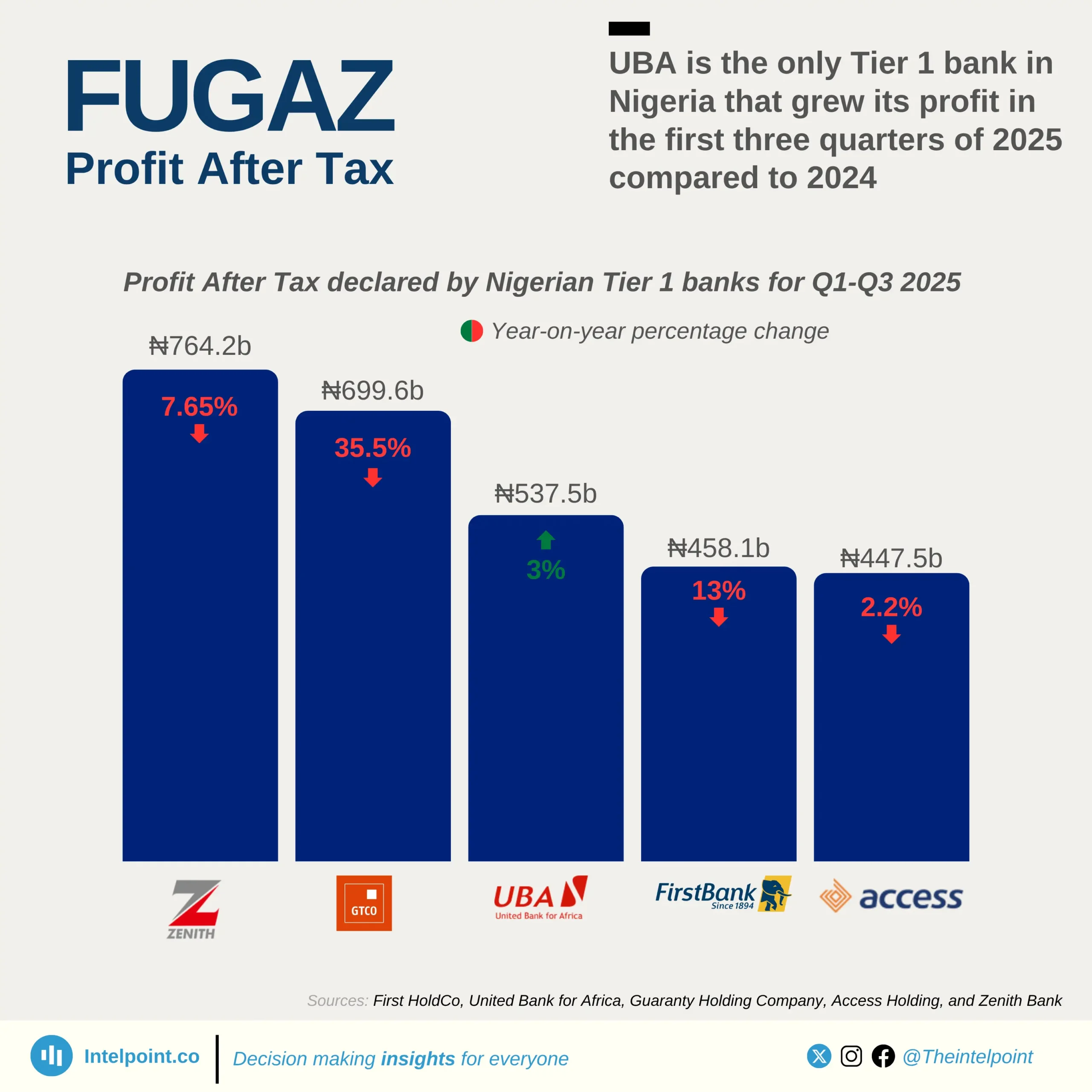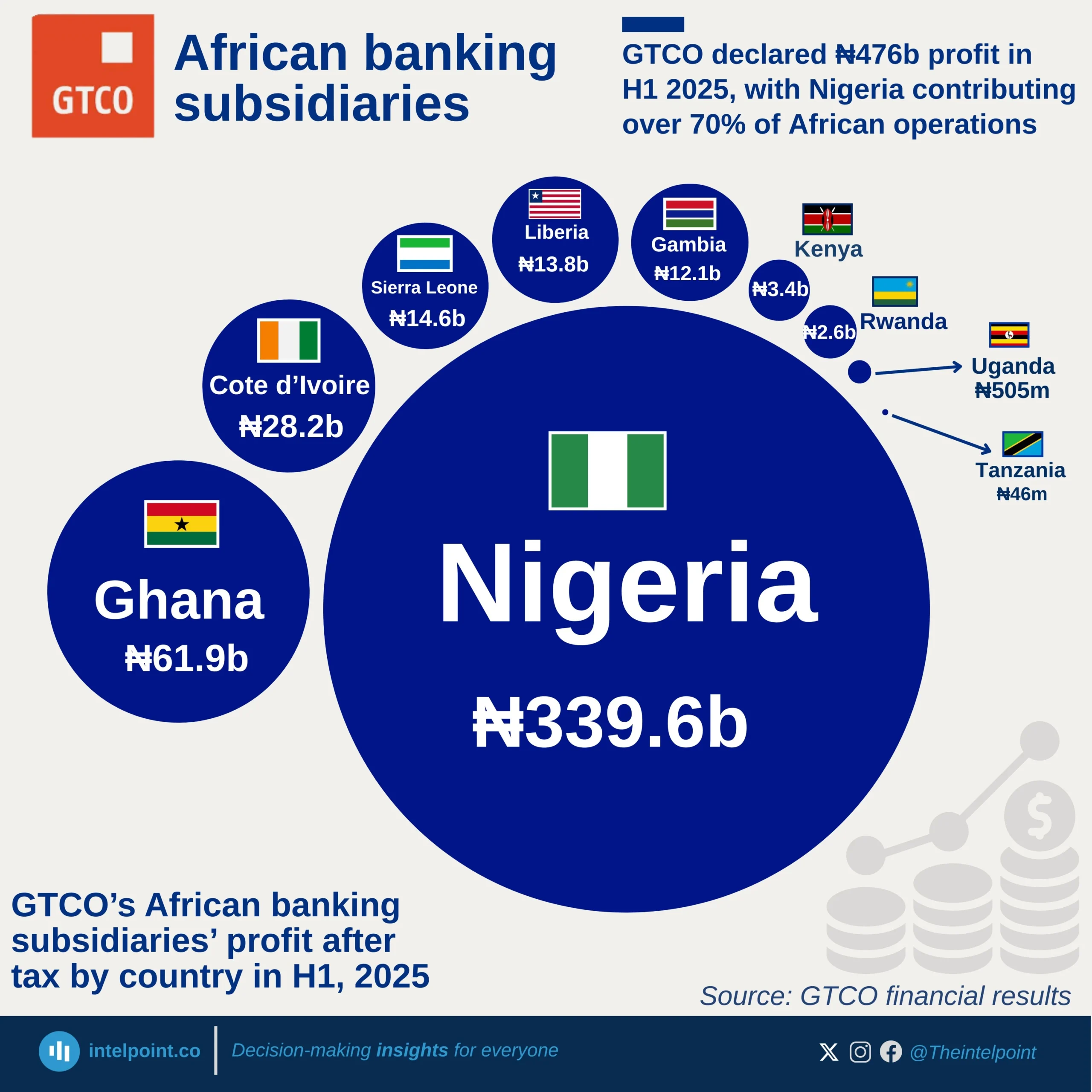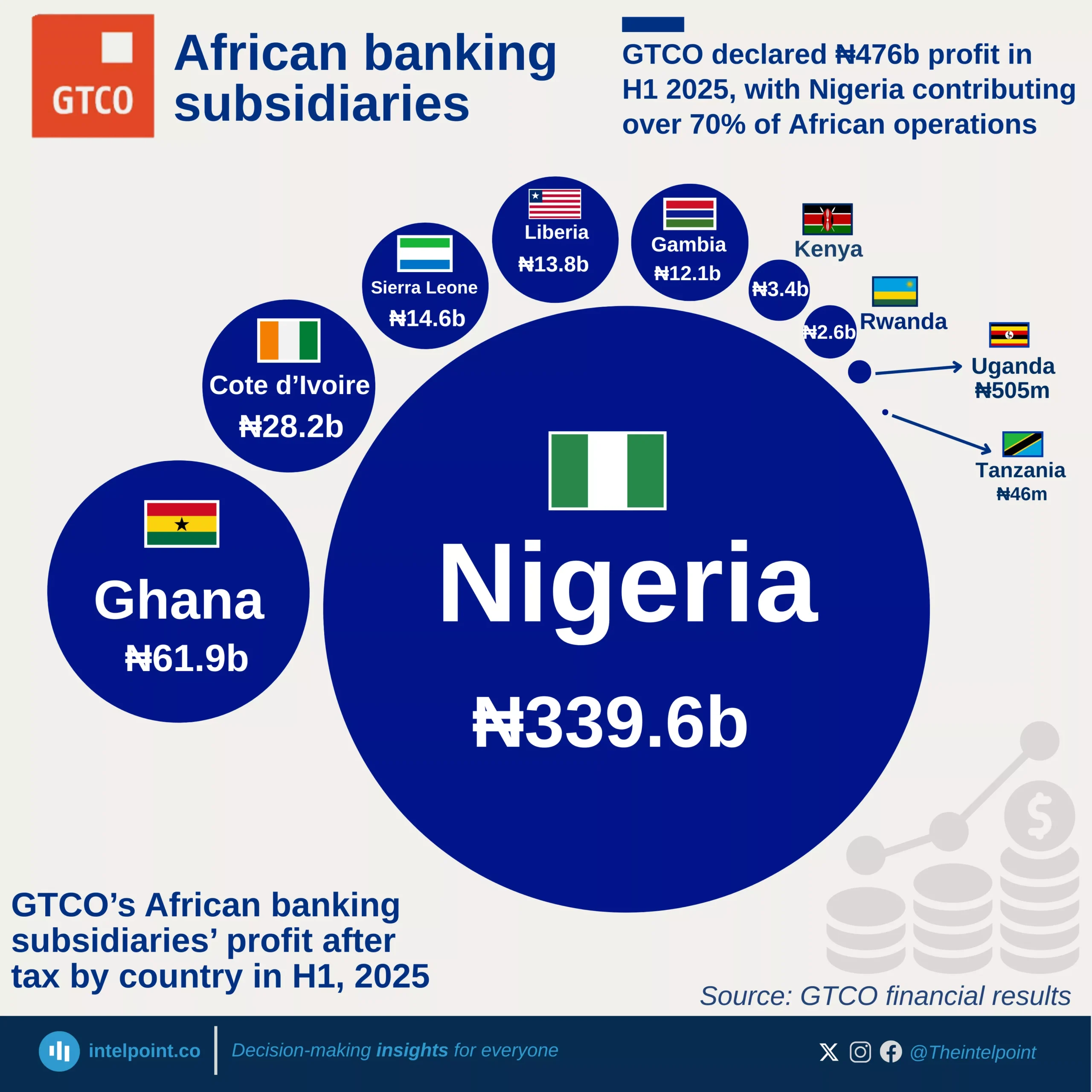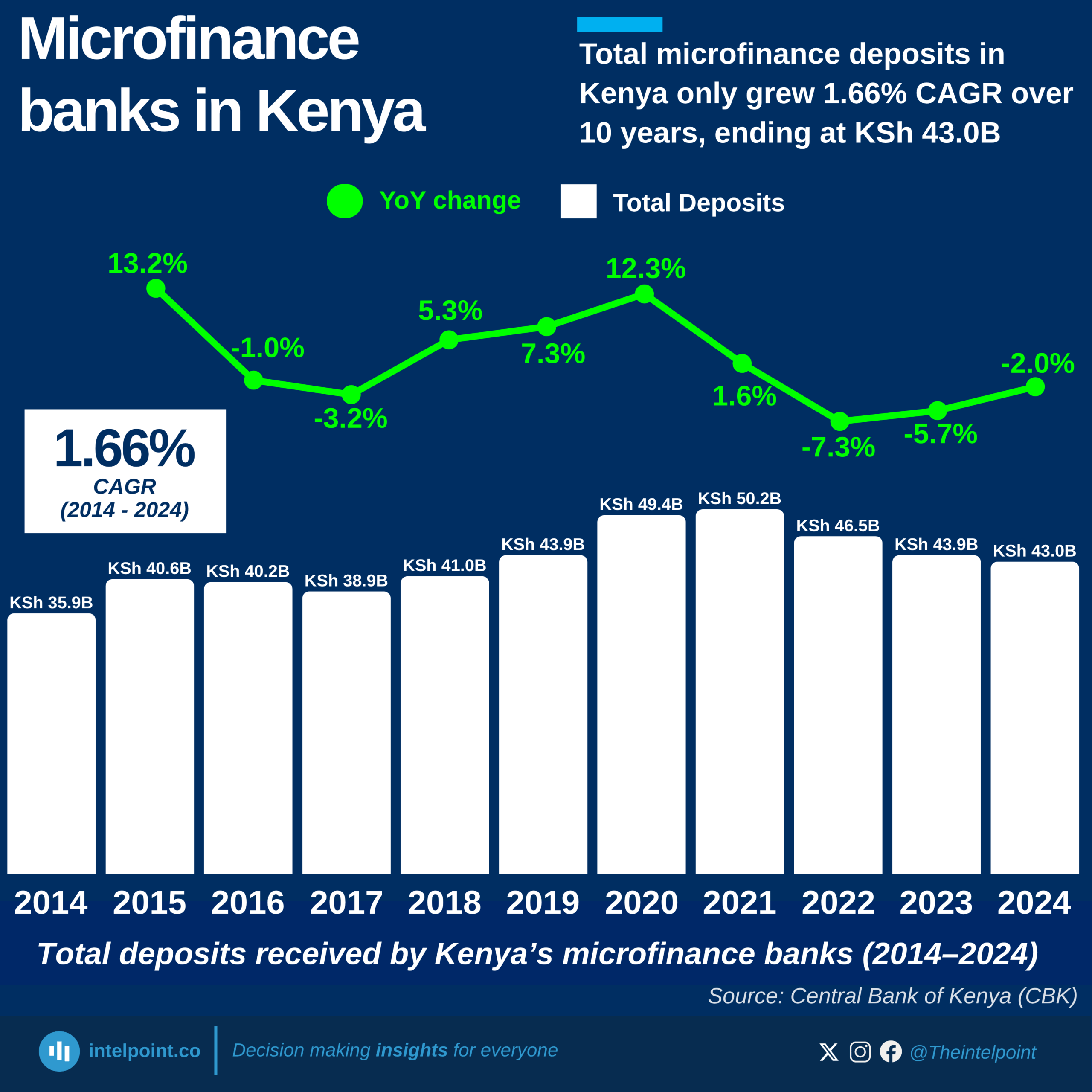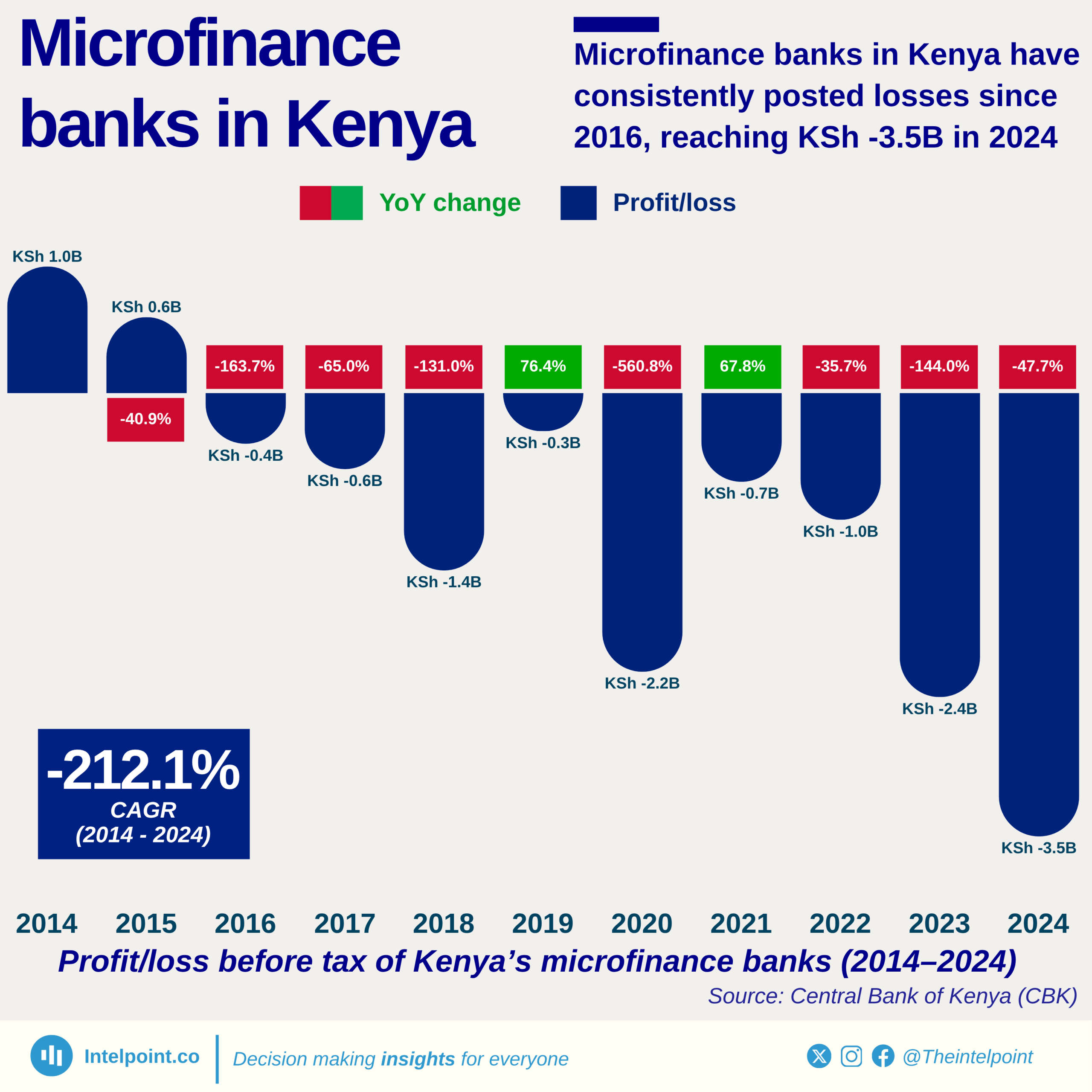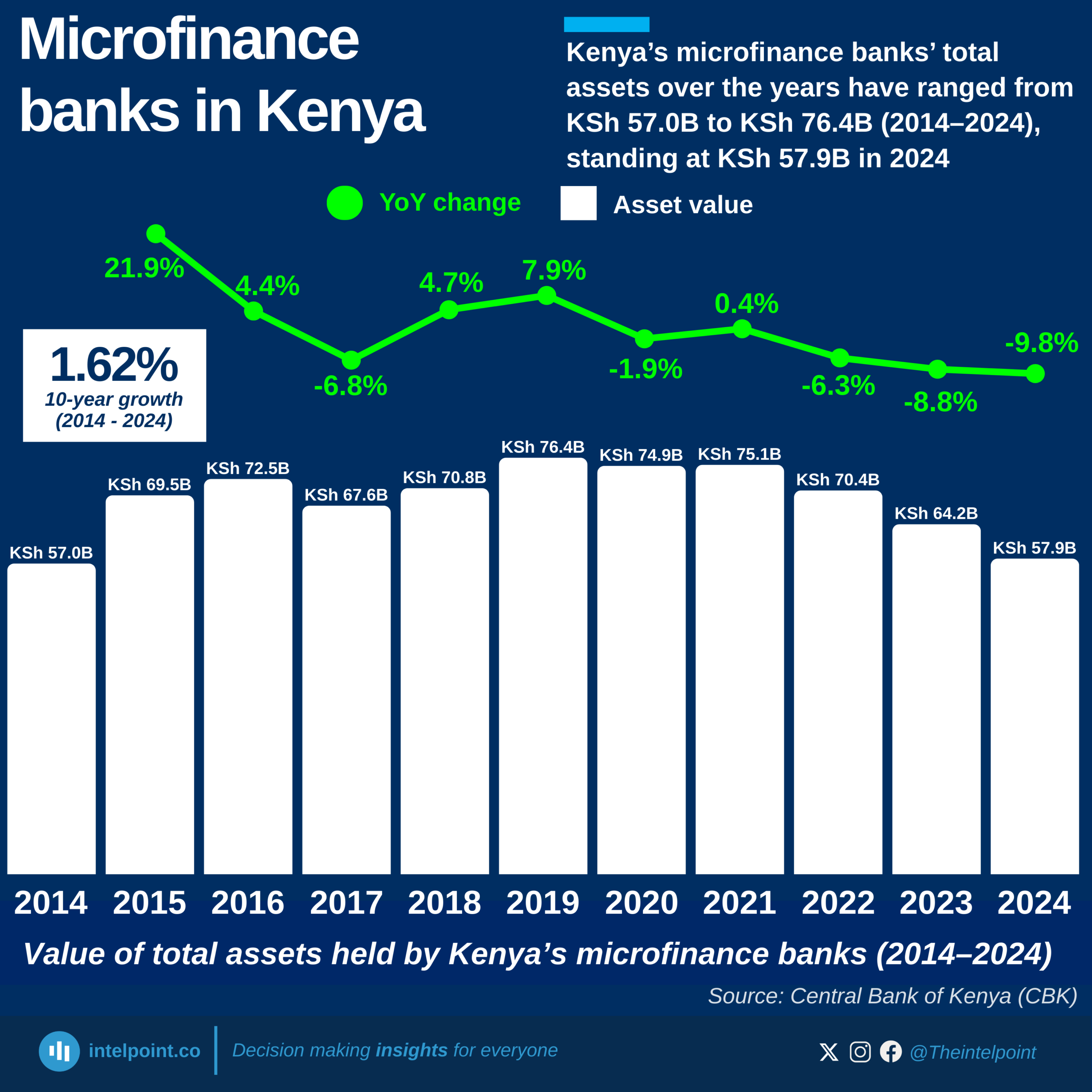Key Takeaways:
In 2024, Nigerian publicly listed banks donated ₦20.97 billion to local communities and charity groups, demonstrating their strong commitment to corporate social responsibility. Access Holdings PLC contributed the most with ₦6.74 billion, followed by Zenith Bank PLC with ₦4.93 billion. UBA and First HoldCo PLC made significant donations of ₦1.98 billion and ₦1.91 billion, respectively.
Other major donors included Fidelity Bank PLC (₦1.55 billion), Wema Bank PLC (₦1.27 billion), Stanbic IBTC Holdings (₦1.03 billion), GTCO (₦962.6 million), FCMB Group (₦495.2 million), and Jaiz Bank PLC (₦112.5 million). This data demonstrates the banking sector's growing commitment to social investment and long-term community engagement.
